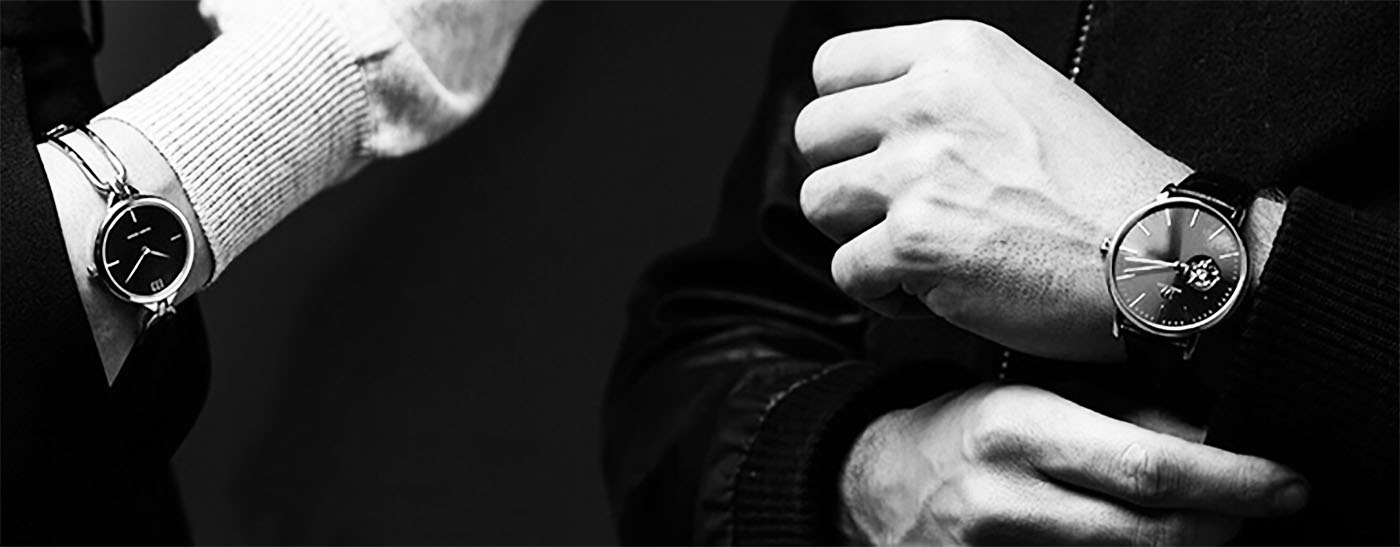On a strictly technical level, the bezel of the watch is the curved band of metal that holds the crystal of the watch protectively over the dial. Originally, bezels were nothing more than the same metal as the case folded over, but as the watch has evolved as an art form, the bezel has evolved in different ways too.
Bezels are now sculpted from precious metals, like gold and platinum, that would be too soft to make the whole case from. But in addition to the aesthetic possibilities of the bezel, the bezel has been used for decades to be functional too.
While there are dozens of specialized uses that have been built into bezels, today, we’re going to look at some of the more common ones you’ll encounter.
Count Up / Down
Ideal for divers and racers, the counting bezel permits a given time to elapse on a watch. However, the two different bezels have distinct uses. For example, the count-up bezel goes from 0 to 60 on a scale that follows the minutes in an hour. It allows someone to know when an hour has elapsed — which is extremely useful for divers to know how much air they have left.
Alternatively, the count-down bezel reverses the scale from 60 to 0, allowing it to be used as a stopwatch that is extra-handy for runners who need to know how much time it’s taken to run a certain distance.
Luxury timepieces, like Piaget watches, can often be found with counting bezels. It’s a relatively unobtrusive bit of technology that effortlessly blends in with top-shelf materials.
GMT Time Zone
GMT stands for Greenwich Median Time, and GMT bezels allow for a watch to be adjusted to measure time in different time zones. A bezel can be twisted X times to represent different time zones. GMT watches also include a second hour hand (usually in red). When the bezel is adjusted to the proper time zone, the second hand will become the “present time zone” hour hand.
A particularly useful and simple design, the GMT adjustable bezel can be altered by a businessman the moment the plane touches down. As long as a man knows his current time zone, he can know the time.
The GMT bezel was first designed by Rolex, and the famed designer continues to be the leader in designing new watches utilizing this technology. If you happen to own a GMT bezel, the benefit of its simplicity is that it’s no big deal for a watch & jewelry repair specialist to pop the bezel back into place if it gets jarred loose from its moorings.
Tachymeter
When you visit your local jewelry store, you may notice watches that have “tachymeters” built in. It’s a bit of an exotic word, but it refers to a bezel that can measure speed based on the amount of time traveled over a given distance.
Speed is measured in physics by dividing distance over time. If you know two of these three numbers, you can determine the third with simple math, and tachymeter bezels allow a person to always know the time.
You’ll often find tachymeters on very sports- and auto-oriented timepieces: The collection that stands out in our mind is the TAG Heuer Carrera line. The polished steel of the cases, durable sapphire crystals, and water resistance make this the kind of watch that’s ideal for the man who appreciates a “Swiss Army knife” kind of watch.
Need More Ideas?
Luxurious J&T is the place to go for men who want to learn more about the aesthetics and technology of timepiece design. Thus, if you’ve got any ideas or info that we’d love to hear, let us know!
